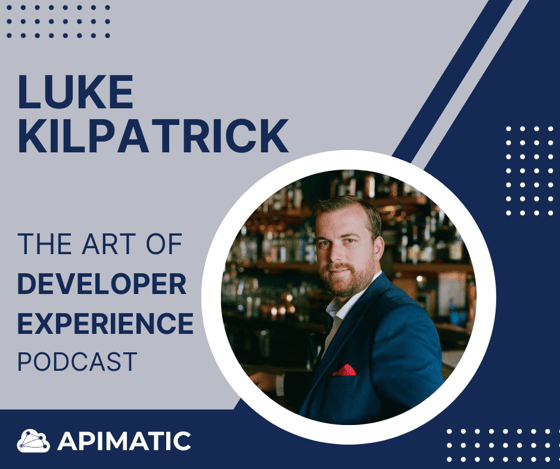
Luke Kilpatrick, developer marketing leader joins us and discusses the importance of building trust with developers. We touch on the two competing definitions of developer experience we see today and some of the tools internal developer experience teams use.
Luke cautions against placing demand generation metrics on your developer relations team and offers advice when joining a new company and building internal relationships.




